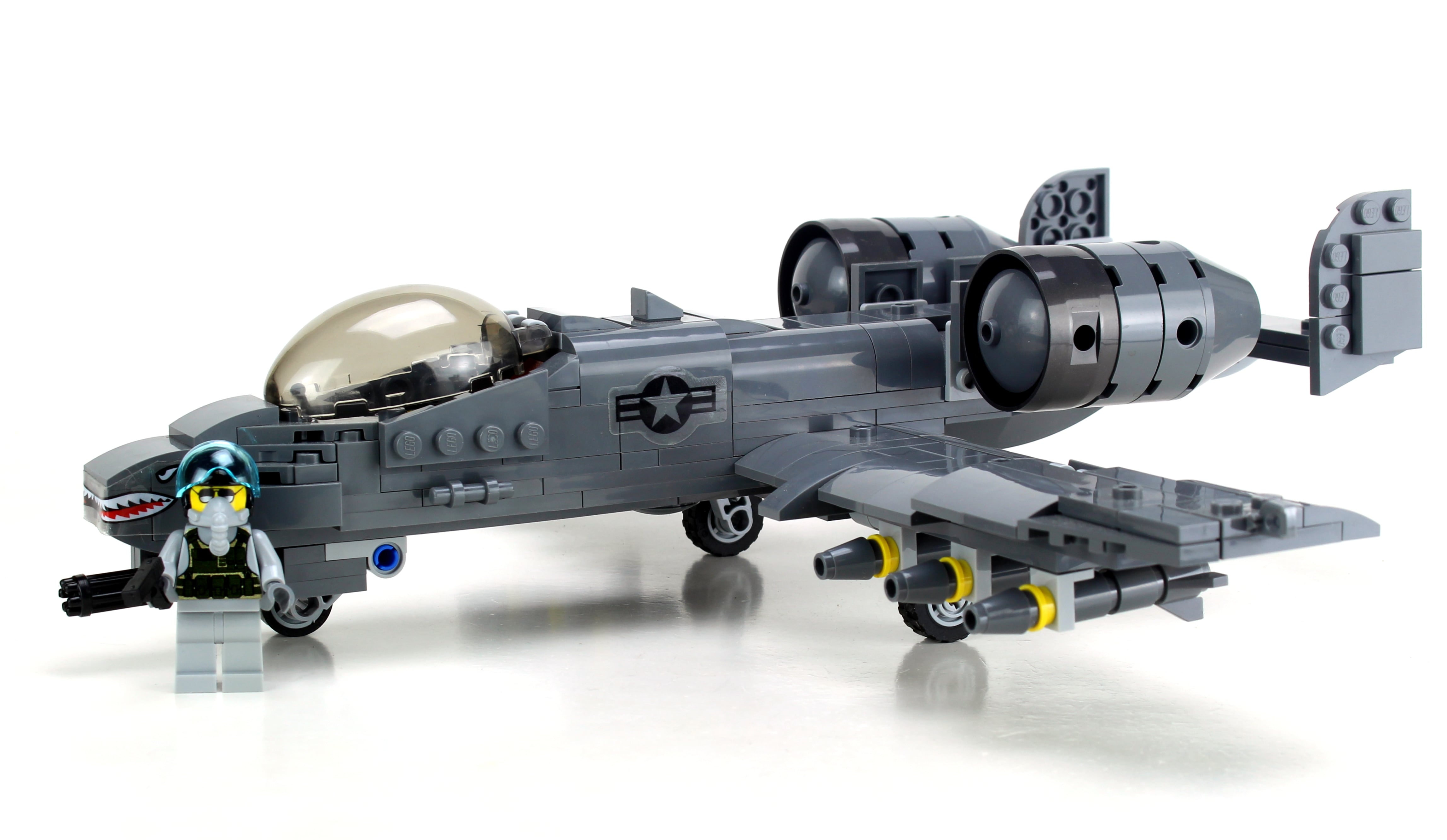Military weddings are a dime a dozen, as young couples around the globe tie the knot in the pursuit of everlasting happiness ... and the occasional securing of Basic Allowance for Housing.
These weddings are no ordinary rustic barn affairs, however. Many of them involve some pretty specific traditions, including swords. In the case of commissioned officers, nuptials often feature brides, grooms, and blades of glory.
“The arch is a symbolic act that ensures the newlywed couple safe passage into their new life together, but it should only be performed for commissioned officers,” according to the Knot. “As soon as the ceremony is over, the ushers line up on either side of the aisle to the chapel steps.”
The U.S. Military Academy at West Point has specific guidelines for performing a saber arch, which typically involves six or eight uniformed officers. The same goes for the other branches as well.
When the couple make it through the line to the two saber-bearers at the end, crossed swords await the newlyweds’ kiss before allowing them to pass.
Typically, the person closest to the bride gives her a gentle tap with the sword to the behind and says, “Welcome to the Army, Mrs. [new last name].” This, step, however, is not to be performed in the event that the bride is also in the military.
Rifles may be substituted for sabers, if the newlyweds happen to be into that kind of fanfare. And at the reception, undecorated swords may also play a role in the official cake-cutting process.
“The bride and groom leave the receiving line, then pass beneath the arch,” according to MilitaryWives.com. “They may pause and kiss, before proceeding to cut the cake. The groom would then hand the bride his unsheathed saber and with his hands over hers, their first piece is cut.”
Cake-cutting at a wedding is a tradition that goes back to early civilizations, according to the Smithsonian.
“In ancient Rome, marriages were sealed when the groom smashed a barley cake over the bride’s head,” according to the publication. “In medieval England, newlyweds smooched over a pile of buns, supposedly ensuring a prosperous future. Unmarried guests sometimes took home a little piece of cake to tuck under their pillow.”
In the Victorian era, cakes were made white to symbolize the bride’s purity. Her cutting of the cake and distribution of it was then meant to serve as a sign of fertility and prosperity.
According to Marceline Desbordes-Valmore, “Two hearts in love need no words.”
Perhaps not. But they most definitely need swords.
Sarah Sicard is a Senior Editor with Military Times. She previously served as the Digitial Editor of Military Times and the Army Times Editor. Other work can be found at National Defense Magazine, Task & Purpose, and Defense News.
Tags:
military weddingmilspousemilitary marriagesaber archmilitary wedding traditionsweird wedding traditionsIn Other News















